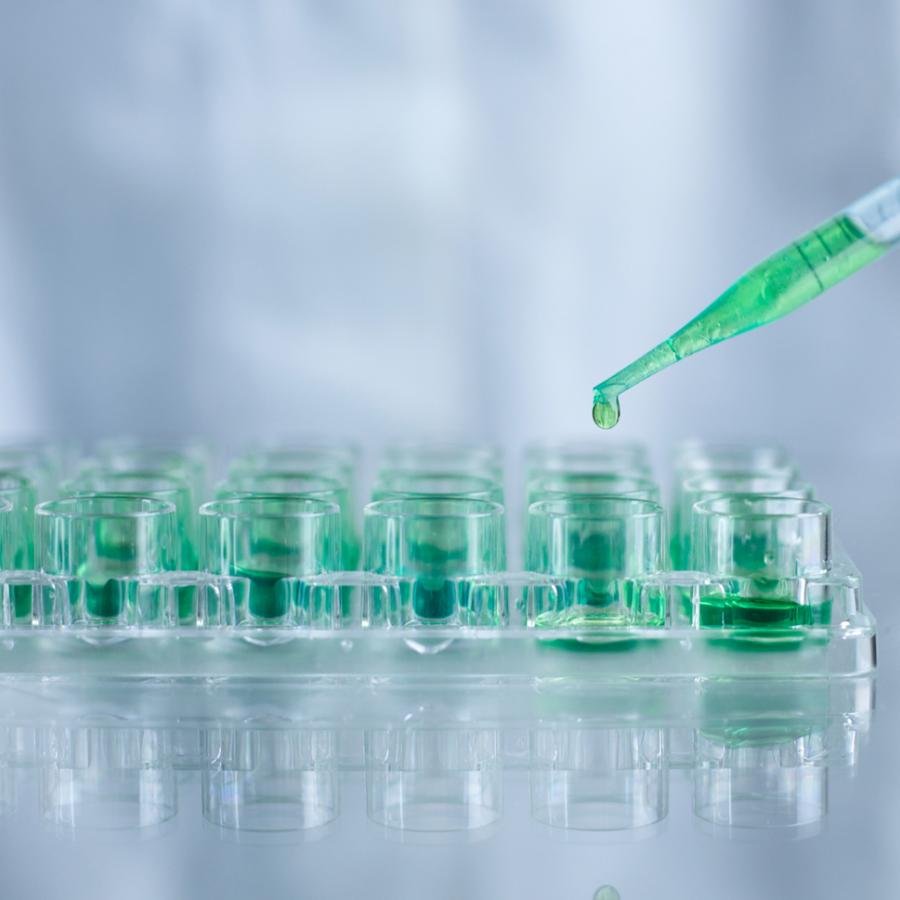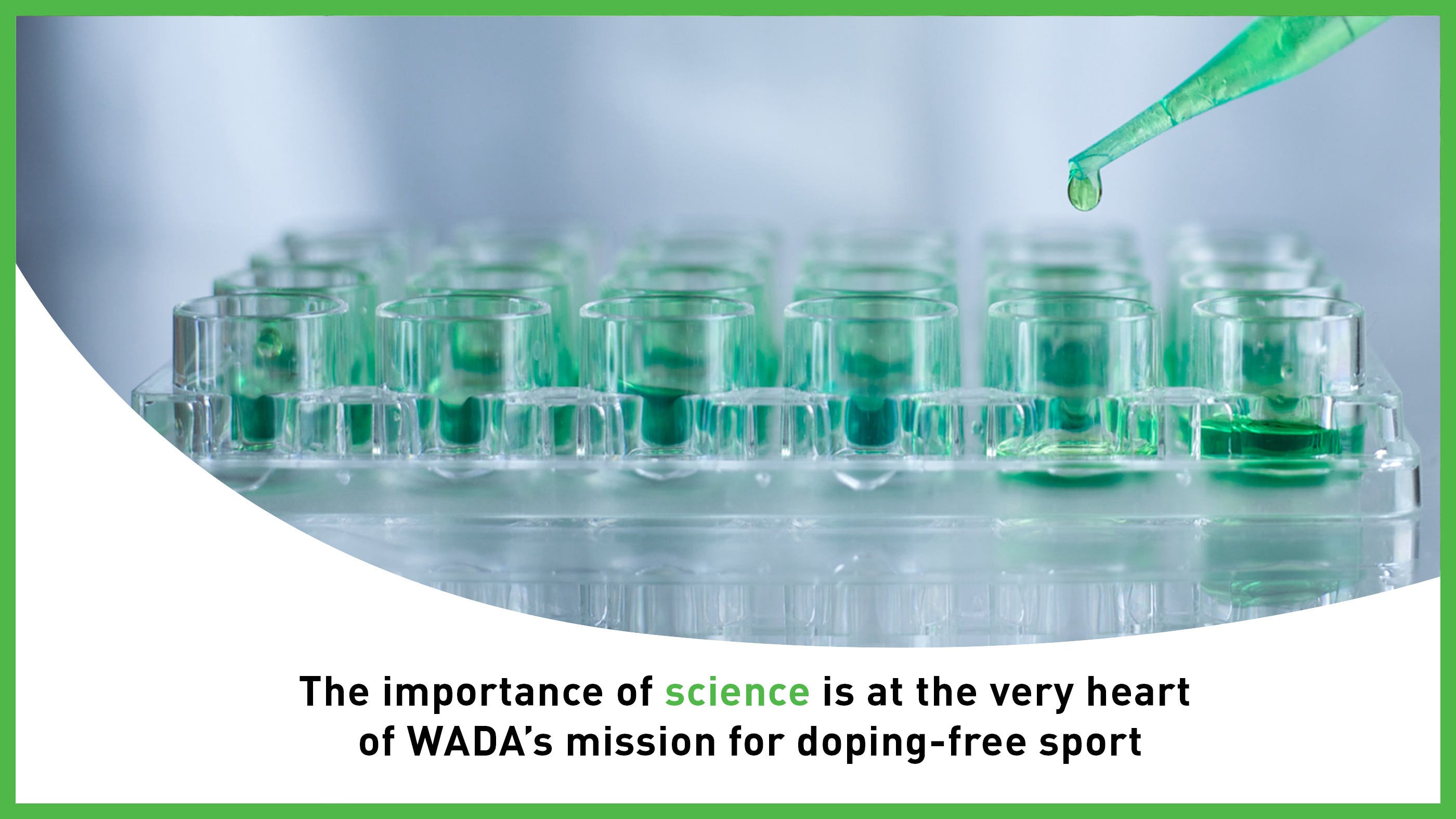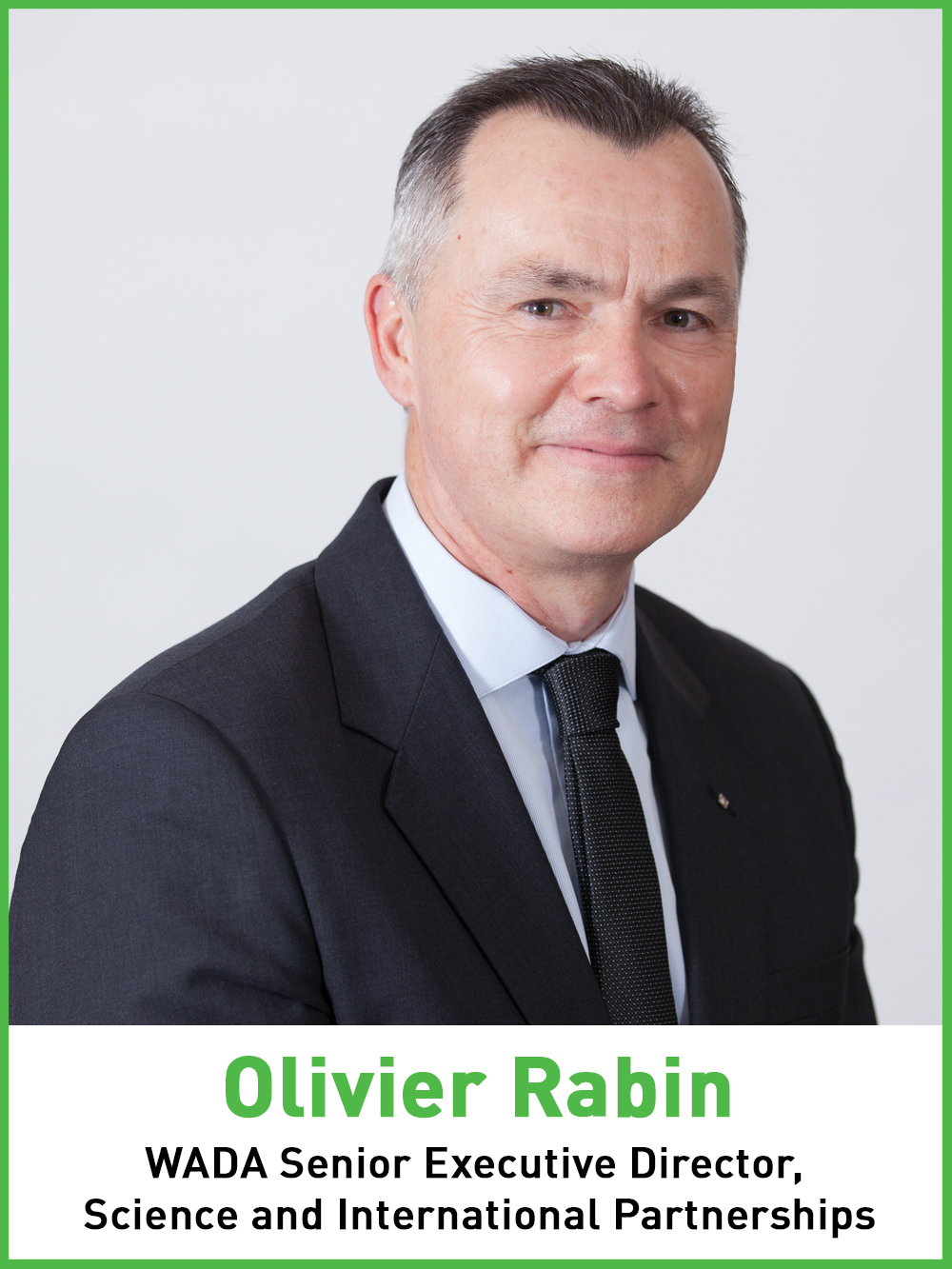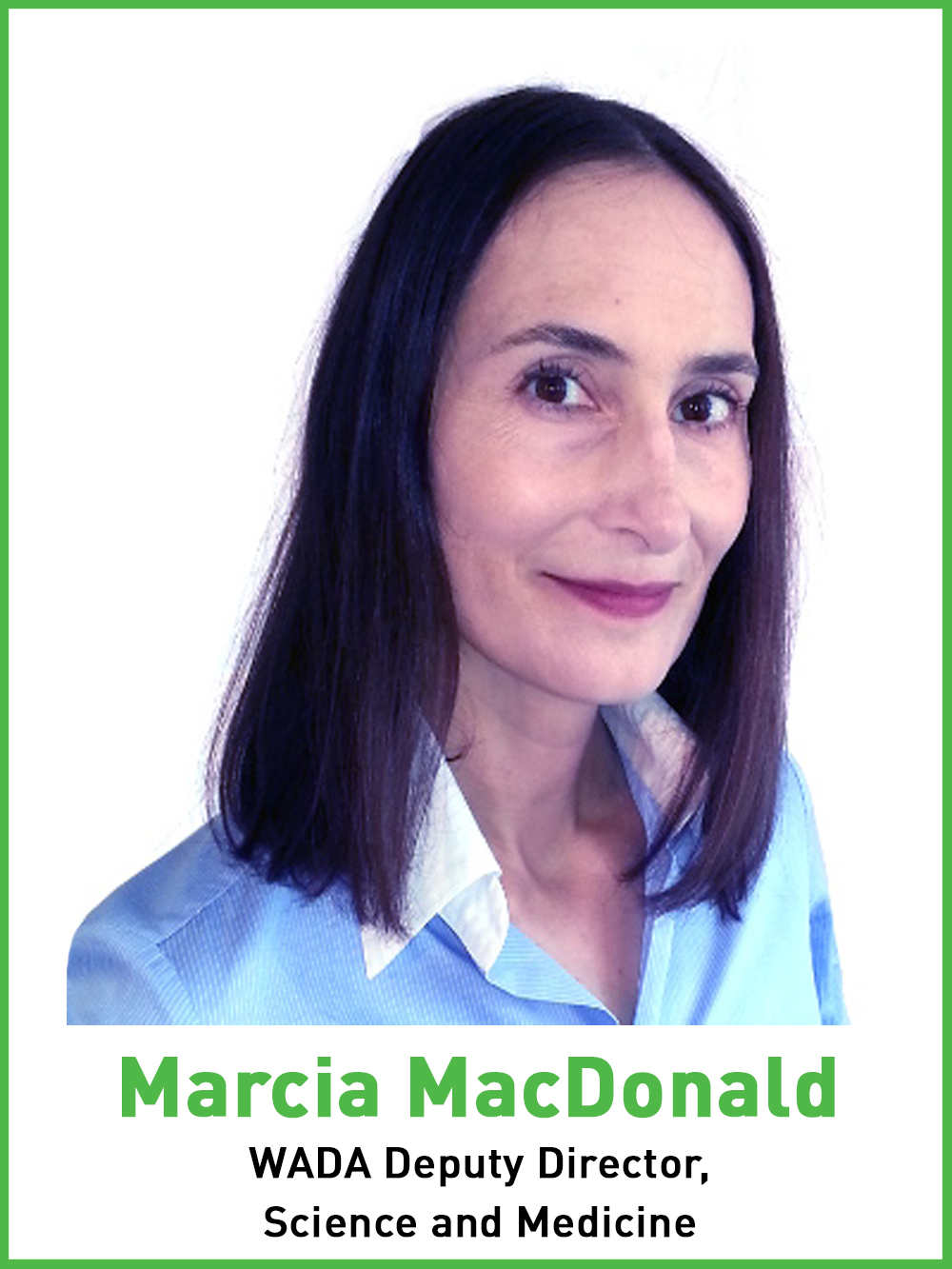Story
WADA Scientific Research: Driving anti-doping forward


In this latest edition of ‘Spotlight’, which keeps stakeholders up to date on the activities being carried out by the World Anti-Doping Agency (WADA) team and its partners, we look at scientific research and the crucial role it continues to play in the protection of clean sport. Previous ‘Spotlight’ features are available on WADA’s website.

The importance of science to the protection of sport’s integrity cannot be overstated, which is why it is at the very heart of WADA’s mission for doping-free sport. To keep it there, it is vital that scientific knowledge continues to evolve and mature, which makes research the key to driving advances in anti-doping.
Since 2001, WADA has helped researchers around the world develop breakthroughs in anti-doping science. The Agency’s scientific research grants are critical because they increase the volume of research dedicated to developing new and improved detection methods for performance-enhancing substances and methods as well as attract researchers with fresh ways of thinking.
Cutting-edge research helps the anti-doping community in a range of ways, providing the tools needed to protect sport. These objectives include:
- Improving existing detection methods;
- Developing new tests;
- Detecting new substances (both directly and indirectly through markers);
- Integrating new technologies into the system; and
- Anticipating new trends in doping.
In a nutshell, this is what research is trying to find out and why it is so important to sport’s integrity.
WADA Senior Executive Director, Science and International Partnerships, Dr. Olivier Rabin, said: “Scientific research is a cornerstone of anti-doping. Understanding what certain substances do to enhance performance and then devising robust ways to detect those substances through testing and sample analysis is, in large part, how we catch those who cheat and deter others who might be tempted. It is absolutely vital for the system that we stay up to date on the very latest developments and to do that we work with some of the most brilliant and innovative scientists in the world.”
Major breakthroughs
In the 20 years of WADA-funded research, almost USD 83 million has been invested in more than 500 projects, all which have benefited WADA and other anti-doping authorities that are striving to keep sport clean. Some of the breakthroughs that science has enabled include:
- Developing and constantly improving tests to detect erythropoietin (EPO), human growth hormone, gene doping and many other prohibited substances and methods (often before they are available on the market);
- Devising the first consolidated List of Prohibited Substances and Methods, which came into force in 2004, and strengthening it every year since;
- Harmonizing and improving analytical capabilities in anti-doping laboratories;
- Developing exciting new innovations, such as dried blood spot analysis and artificial intelligence for future applications in anti-doping.
 Dr. Rabin said: “As outlined within WADA’s 2020-2024 Strategic Plan, WADA wants to do more impactful research based on key priorities and outcomes in order to lead some future global changes in the anti-doping community and also be more athlete centered by bringing scientific and medical results closer to the daily preoccupation of athletes. One way we will do that is through the integration of new, innovative technologies to benefit collection procedures, the security of samples and the processing of data associated to sample analysis, as well as making information on prohibited substances and methods more readily accessible and visible to the athletes and their entourage.
Dr. Rabin said: “As outlined within WADA’s 2020-2024 Strategic Plan, WADA wants to do more impactful research based on key priorities and outcomes in order to lead some future global changes in the anti-doping community and also be more athlete centered by bringing scientific and medical results closer to the daily preoccupation of athletes. One way we will do that is through the integration of new, innovative technologies to benefit collection procedures, the security of samples and the processing of data associated to sample analysis, as well as making information on prohibited substances and methods more readily accessible and visible to the athletes and their entourage.
“It is encouraging to see that, after a few years of WADA’s anti-doping research budget being diverted to other areas of high priority for the Agency, the funding is coming back. With continued financial support in this area, I am confident that we can make even more breakthroughs in collaboration with our partners to further protect clean sport for athletes.”
WADA’s annual budget is sourced equally from governments of the world and the International Olympic Committee (IOC). Some of the additional investment has come about thanks to an IOC initiative announced in November 2019. Specifically, the IOC President pledged to match any contributions from governments in support of the Agency’s research and/or investigations activities. With matching funding by the IOC, the initiative has raised more than USD 7 million for these core activities – more than USD 4.7 million of which will be allocated to research.
Dr. Rabin: added: “WADA is very grateful to the IOC and to the many governments that have responded to the IOC’s call so far. We appeal to other governments to take advantage of this wonderful opportunity as much as possible.”
Range of rewarding collaborations
 This financial boost will give WADA-funded researchers greater scope to forge ahead with their ground-breaking collaborations. WADA Deputy Director, Science and Medicine, Dr. Marcia MacDonald, said: “Our research – like so much in science – is collaborative. We recognize the value of partnerships. We work with a range or organizations, such as the United Nations (through agencies such as the UN Office on Drugs and Crime, UNESCO and the World Health Organization), the European Union, the Council of Europe, the Partnership for Clean Competition, the International Testing Agency, Anti-Doping Organizations, the pharmaceutical industry, universities and other research bodies, and many provincial and national governments of the world.
This financial boost will give WADA-funded researchers greater scope to forge ahead with their ground-breaking collaborations. WADA Deputy Director, Science and Medicine, Dr. Marcia MacDonald, said: “Our research – like so much in science – is collaborative. We recognize the value of partnerships. We work with a range or organizations, such as the United Nations (through agencies such as the UN Office on Drugs and Crime, UNESCO and the World Health Organization), the European Union, the Council of Europe, the Partnership for Clean Competition, the International Testing Agency, Anti-Doping Organizations, the pharmaceutical industry, universities and other research bodies, and many provincial and national governments of the world.
“Even outside our formal calls for proposals, we are always open to scientists from around the world who want to make a difference in this space. If anyone has an idea that could have a beneficial application in anti-doping, then they are encouraged to let us know. We want to hear from them.”
As a scientist with a background in biochemistry and genetics, Dr. MacDonald believes that the area of anti-doping research is one of the most rewarding fields she could be in. She said: “One of the things that excites me about working with WADA is the relative ease of the implementation of research results into anti-doping practice. In addition to that and the very collaborative and inclusive community of anti-doping scientists, I like the way this work combines many diverse scientific topics with policy. There are so many aspects of the World Anti-Doping Code and other harmonizing documents that are connected to anti-doping science in some way, so there is always something challenging to work on.”
Pushing the boundary of anti-doping knowledge is one of WADA’s vital functions, work that is overseen by the Agency’s Health, Medical and Research Committee (HMRC) chaired by Prof. Lars Engebretsen from Norway. This Standing Committee monitors scientific developments in sport with the aim of safeguarding doping-free sport practice. With this aim, it oversees the following WADA Expert Advisory Groups: Prohibited List, Therapeutic Use Exemptions (TUEs), Laboratory and Gene and Cell Doping. The HRMC is also involved in the selection of WADA-funded scientific research grant projects and assesses the latest trends to ensure these projects remain relevant.
Annual call for exciting and innovative projects
On a yearly basis, WADA promotes and funds scientific research projects in such areas as the optimization of analytical tools for the detection of doping substances or methods, the enhancement of the Athlete Biological Passport (ABP), as well as the pharmacology of prohibited substances and of drug combinations. With this objective, WADA gives high priority to projects with direct and imminent applicability in the fight against doping in sport. More specifically, applicants are encouraged to propose translational research beyond the discovery stage, and the proposed projects should always aim to attain concrete deliverables by the end of the funding period.
For 2021, WADA received 66 proposals, which are currently being reviewed by external independent reviewers and an additional panel of experts. The final ranking and recommendation to WADA’s Executive Committee will be established by the HMRC.
Dr. Rabin added: “Receiving and assessing these grant applications is one of the highlights of the year. We get to hear about exciting projects from a range of talented and ambitious scientists, and work out how they might best fit in to our overall vision for clean sport. It is always inspiring and is an annual reminder of just how many people care deeply about protecting athletes and the integrity of sport. This is what WADA is all about.”

